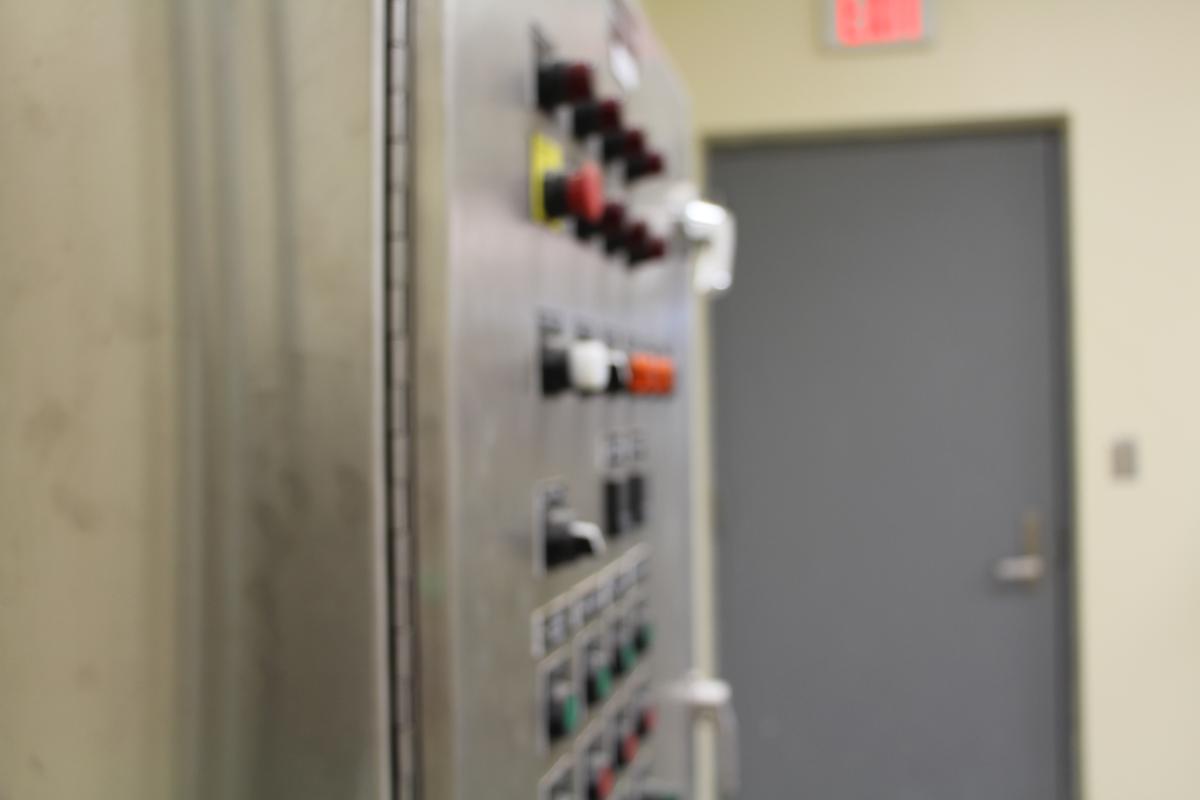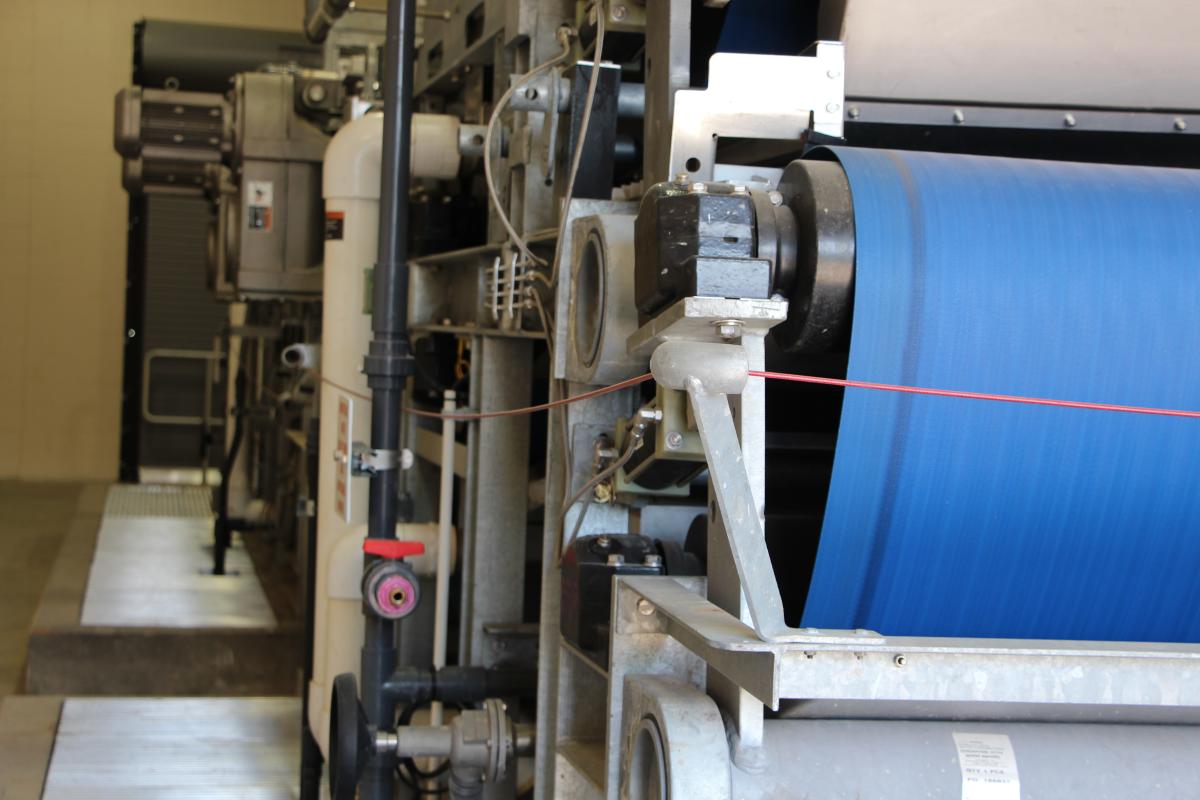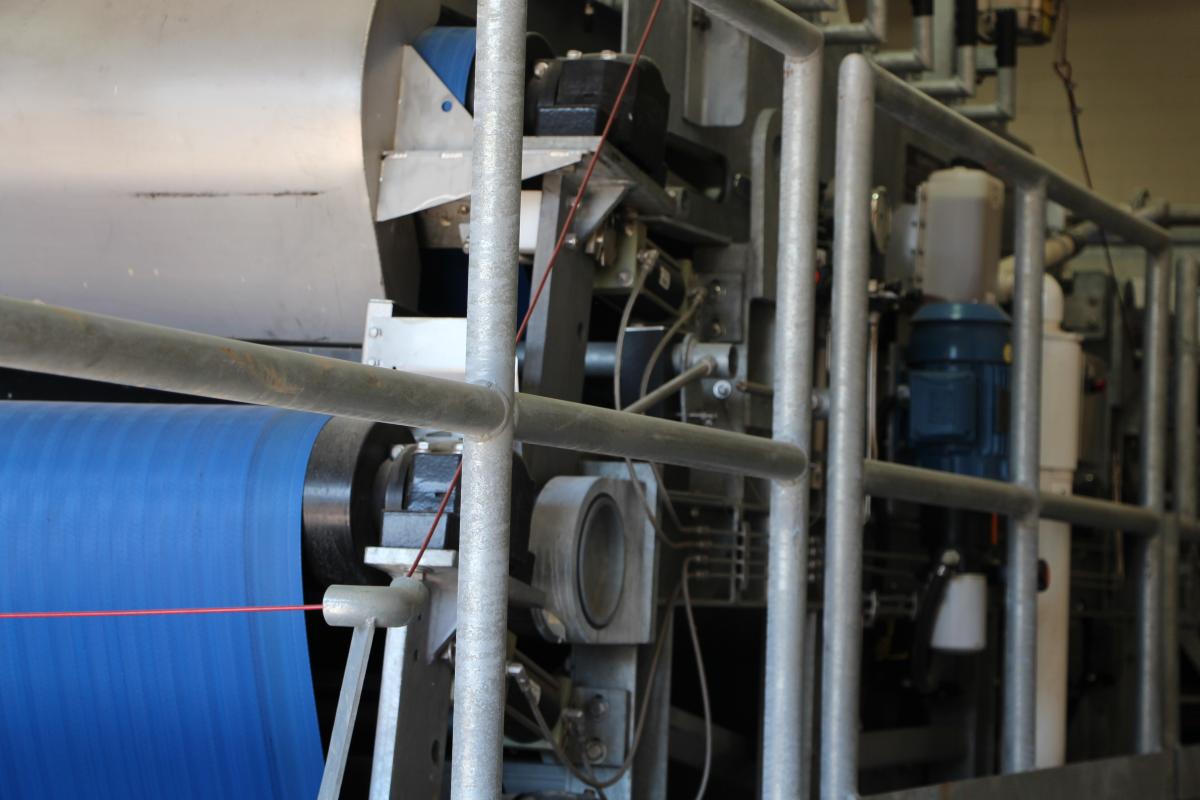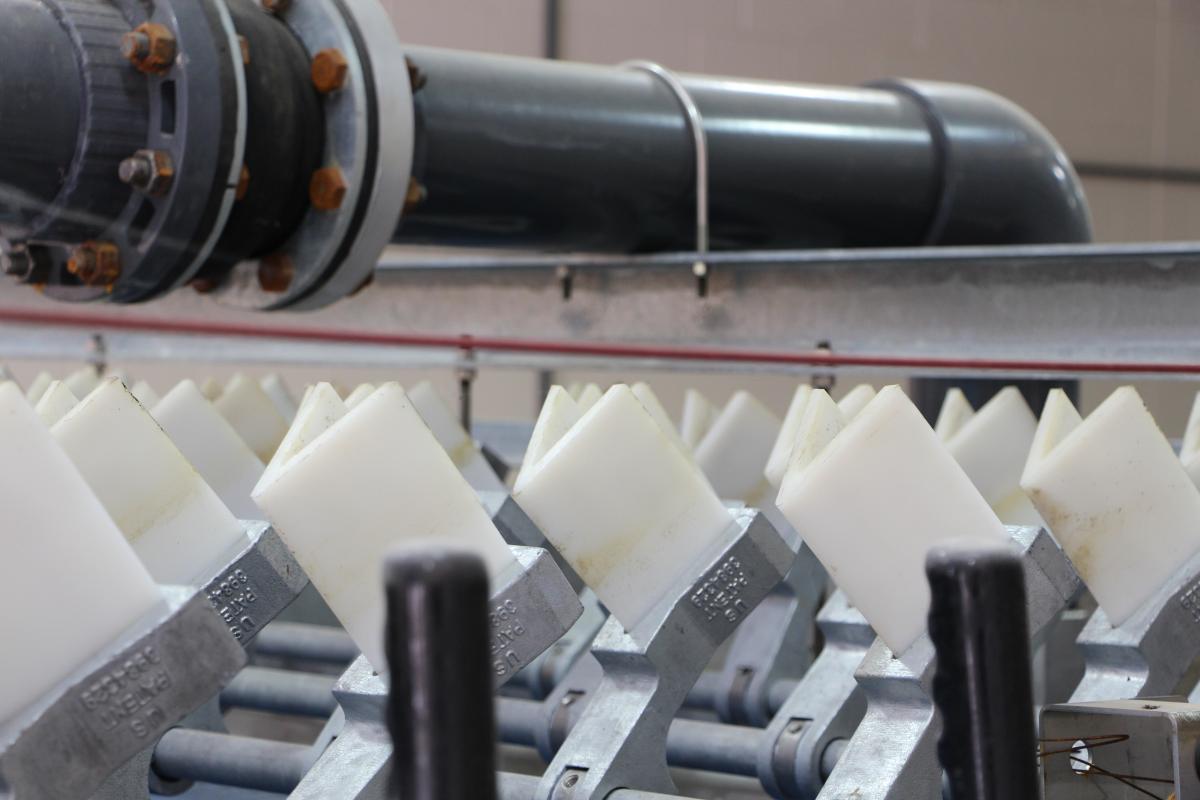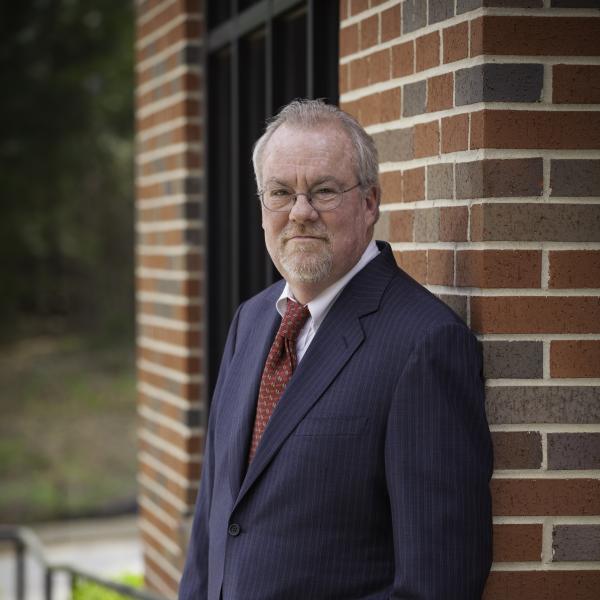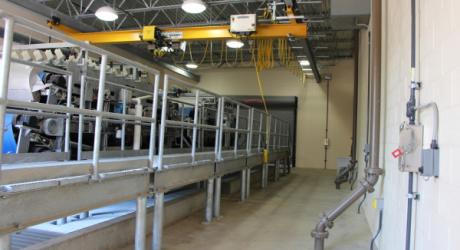
Westside Wastewater Treatment Plant Sludge Dewatering Facility
Efficiency experts with the City of Tyler conducted an investigation to explore ways the city could make various improvements. After carefully analyzing the city’s wastewater treatment methods, the efficiency experts discovered an area where they could save capital funds in the long term: more efficient sludge disposal.
As wastewater from the community enters the treatment plant, it goes through physical separation as well as biological treatment. The treatment process includes separating bio-solids (or sludge) from the water. After the sludge is dewatered, it is hauled offsite. The less water the sludge contains, the better. When sludge is drier, it weighs less and hauling costs are dramatically reduced.
Prior to engaging KSA for this project, the City of Tyler’s Westside Wastewater Treatment Plant (WWTP) produced liquid sludge that was hauled from their lagoon by a contractor. The sludge contained only 3-4% solid waste; the rest was water. The sludge’s high water content, coupled with inflated fuel prices and contracting fees, made this an expensive, inefficient means of sludge disposal.
Because of a long trusted relationship with the City of Tyler, KSA was engaged to design a dewatering facility that would empower the city to take back the responsibility of sludge disposal, and radically improve the process.
The new sludge dewatering facility is a two-story CMU (concrete masonry unit) block building built at the existing Westside WWTP. Digested sludge pumps were installed to transport sludge from the existing digesters to the new sludge dewatering facility. From there, sludge enters the belt filter presses that expertly extract water from the bio-solids. The presses need wash water, which is provided by the non-potable water control system, and filtered by the automatic back-wash strainers that were also installed. Two polymer feed units were put in place to improve the sludge’s ability to release water.
KSA’s talented civil, electrical and mechanical engineering staff skillfully designed a facility that runs smoothly, and benefits the residents of Tyler and the environment as a whole. The insight of a former water and wastewater operations manager with decades of experience was also incorporated into the design. The plans were reviewed and adjusted according to his recommendations to ensure maximum operability. Unlike many firms, KSA has a team of on-staff Resident Project Representatives (RPR) who provide daily oversight of each project to ensure quality work conformance with contract requirements. The dewatering facility was constructed while the WWTP was in operation without disrupting the functionality of the plant.
Since the completion of this project, the Westside WWTP went from producing 3-4% solids to producing 20% solids, which dramatically reduced hauling costs and saved the city money. Throughout the life of the project, KSA’s design team coordinated well with the contractors, manufacturers and the city’s staff to produce a facility that performs seamlessly with the existing equipment to dispose of sludge more economically. Due largely to the success of this project and many others, KSA is currently designing facility improvements for the City of Tyler’s Southside WWTP.
